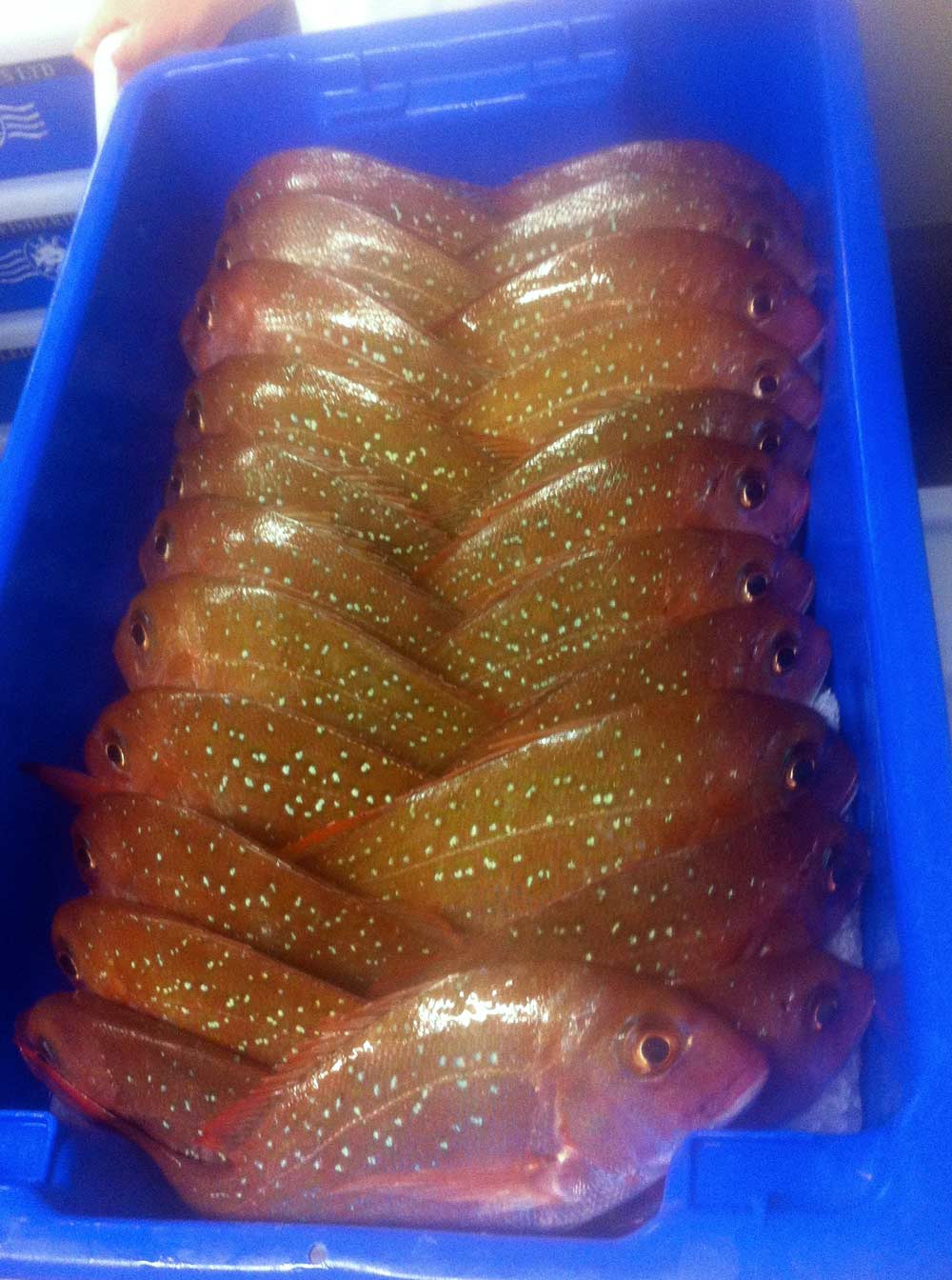For people like us invested in improving the management of our taonga, our marine treasures, it is frustrating times. Four years after the Ministry for Primary Industries signalled it was reviewing aspects of the Quota Management System all we have is a watered down electronic reporting system for commercial catch and ongoing confusion over the benefits of our $50 million dollar public-industry investment in Precision Seaford Harvesting – trawling with a PVC sock on the end of the net.

The Ministry’s latest proposals titled “Fisheries Change Programme, Your fisheries – your say” has quota shareholders licking their lips in anticipation of fewer regulations, no commercial minimum size limits and quotas increases.
Comprehensive camera monitoring of catch and an increase in compliance resources will be required if these radical changes are implemented.
MPI’s discussion around incentives to avoid small fish, increase innovation and collecting more information is unconvincing. An in-depth submission was sent to the Ministry mid-March advocating that closing inshore areas to trawling and seining would be a good start to resolving some of the major issues. A closure would be simple to enforce, and it will protect spawning and juvenile fish and habitats.
Fundamental issues ignored
It seems inevitable that quota owners will insist on increases to the Total Allowable Commercial Catches. There is no way commercial interests ought to be rewarded with TACC increases based on estimates of historic wasteful, illegal dumping of fish.
Removing the minimum legal sizes for commercial catch will open up markets for small fish and create a greater discrepancy between what the public can legally take and what commercial fishers can sell.
Snapper is one of many species taken in the mixed trawl fishery that will be affected by the proposed changes. Commercial landings are measured in tonnes and there is a big difference in the number of fish that make up that tonnage. A tonne of 30cm snapper is made up of about 1680 fish. At 20cm it equals around 5200 fish. At 15cm that number jumps to 11600 snapper.
In the Ministry’s documents there is no discussion around how the effects of taking so many small fish will be mitigated. There is also no commentary on what it would mean for fish populations over time, both snapper and other species caught in the trawl fisheries.
After years of reviews this process is another reflection of the captured state of our fisheries governance due to the Ministry-fishing industry partnership. It seems Stuart Nash has been convinced that cameras are unnecessary, and that discarding and dumping issues can be dealt with by tweaking the incentives for commercial fishers.
What’s the answer?
Incentives are not a solution nor is increasing the TACC and removing minimum size limits. Because without a change in at-sea behaviour and innovative fishing gear more small fish will die.
More info
Fisheries Change programme – Our full submission (16 pages)
Our submission in brief – One page summary
Article – Fiddling in the margins of reality
Want to help?
If you want to support this ongoing effort please support us.





